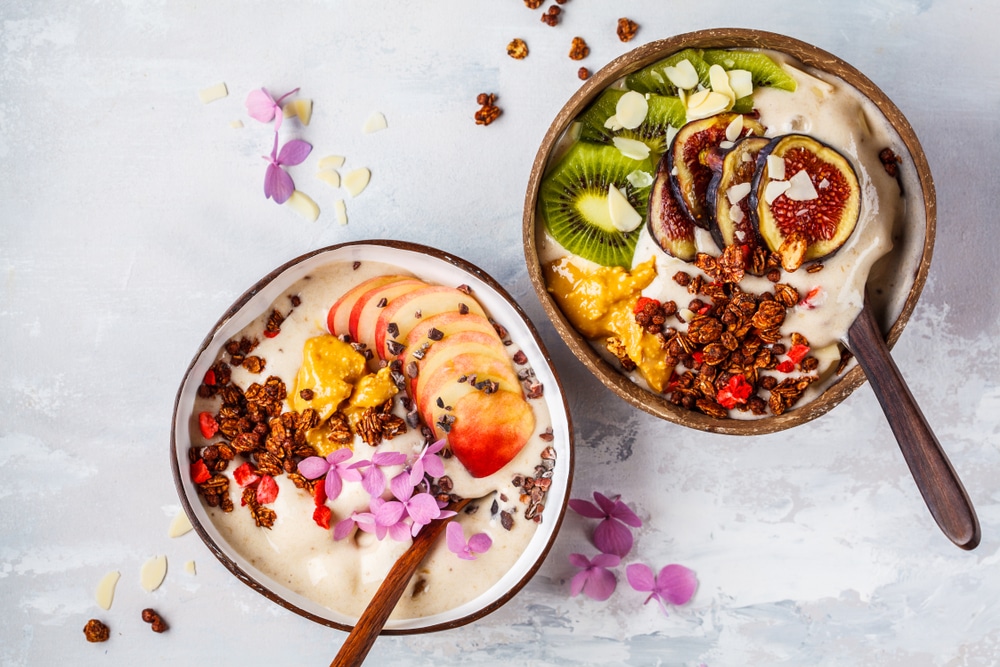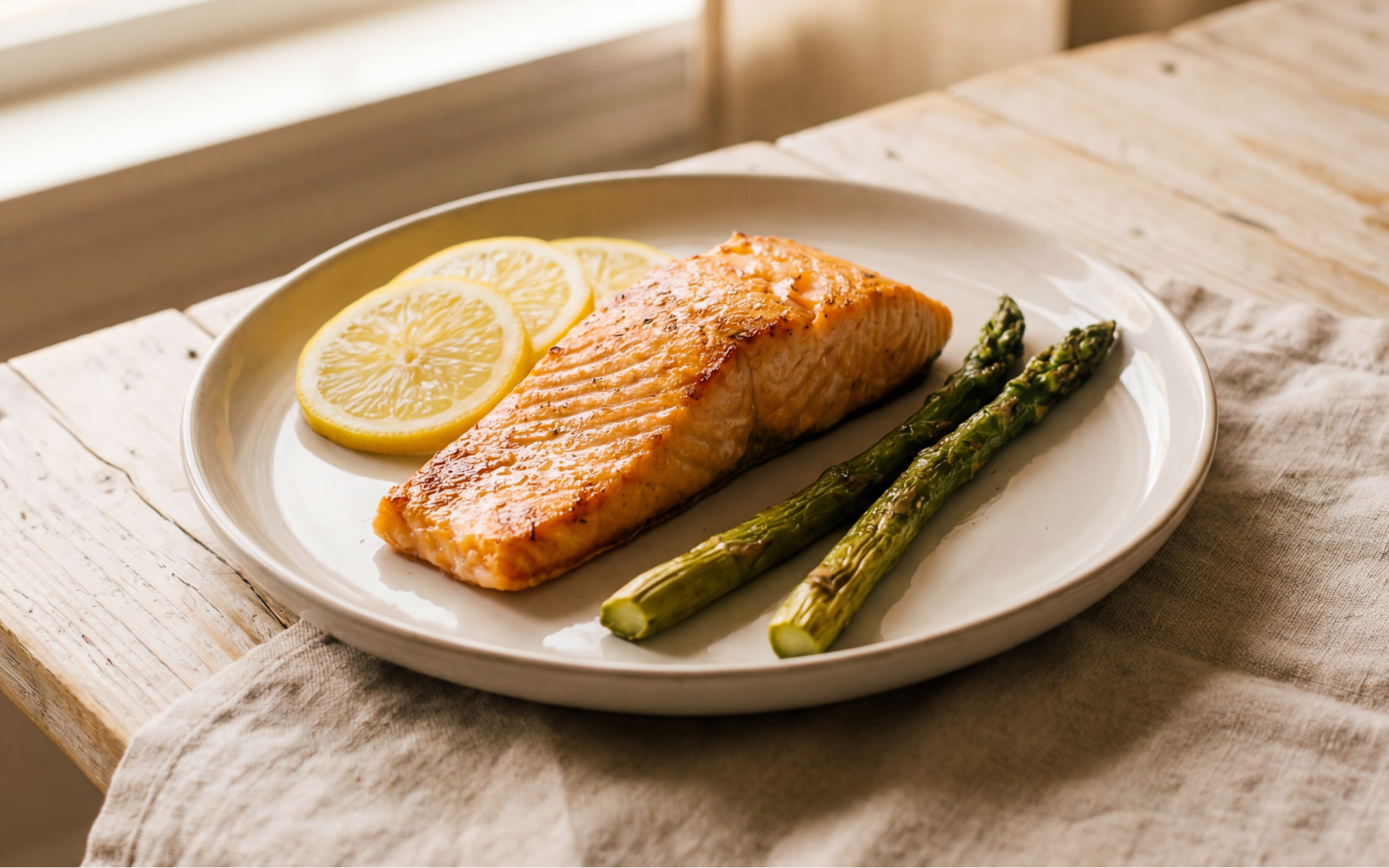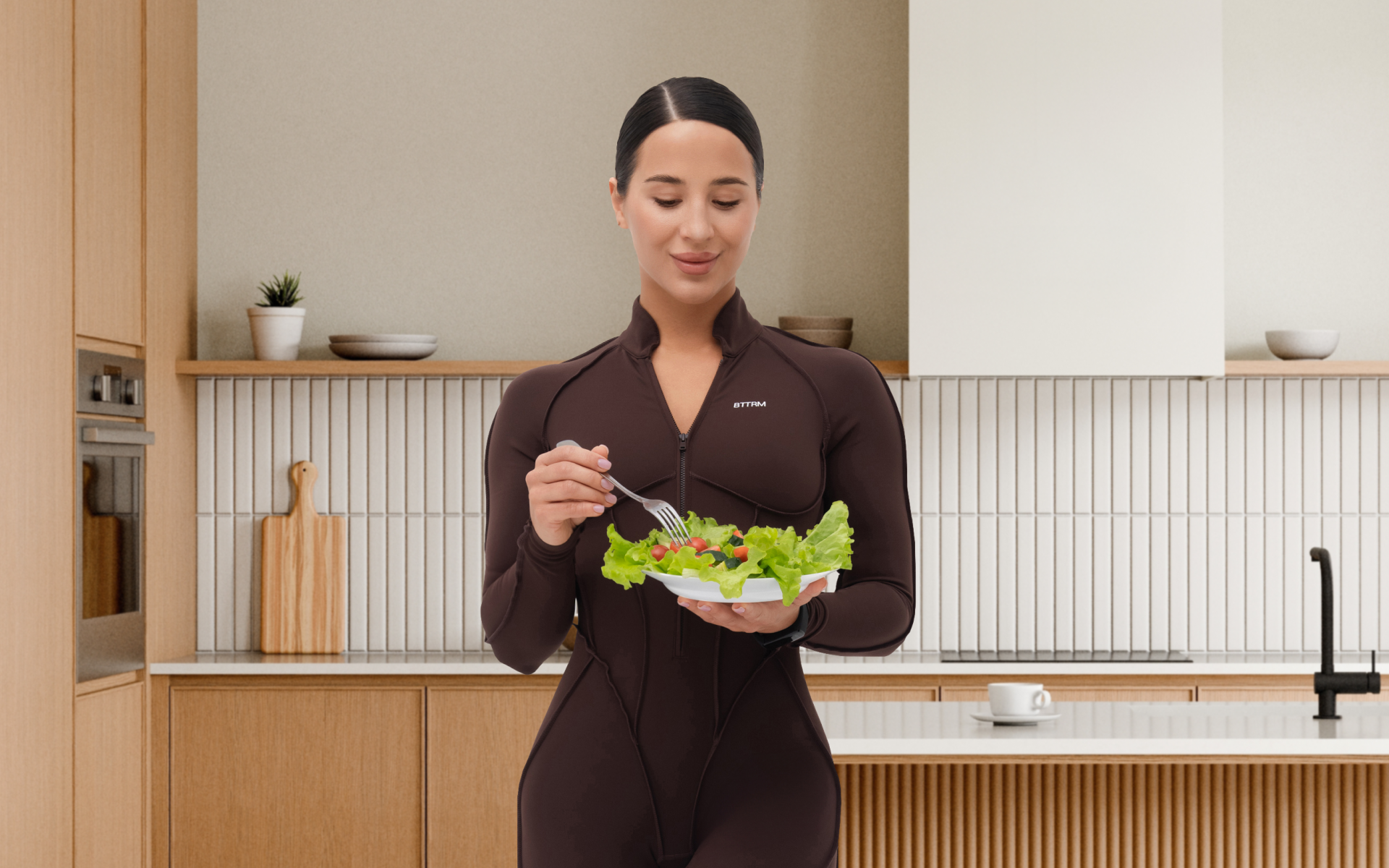Living with PCOS can be hard. Women with this condition have various symptoms including obesity, metabolic and cardiovascular problems (6). A lot of PCOS patients fail to recognize that they actually have PCOS until it’s too late resulting in irreversible PCOS complications.
Get your personalized
meal plan!
Although medication can reduce PCOS symptoms, these gynecological issues can be better managed with diet. Because the condition affects your hormones, a PCOS diet plan can help to restore hormonal balance in the body by controlling insulin levels as well as reducing blood sugar and cholesterol levels (8).
What Is PCOS?
PCOS stands for polycystic ovarian syndrome. PCOS is a condition that affects many women, and it can lead to fertility issues if left unmanaged. PCOS (polycystic ovary syndrome) is the most common cause of female infertility (6).
In order to control this condition, it is necessary first to understand what exactly causes it. Here are some factors that lead to polycystic ovarian syndrome (7):
- Family history – having relatives with this condition will also increase women’s chances of getting it.
It’s important to note that PCOS cannot be diagnosed until all other possible conditions have been ruled out, including thyroid problems and pre-diabetes.
Read More: Foods To Avoid With PCOS: Manage Your PCOS Symptoms Through Your Diet
 How Does PCOS Affect Women?
How Does PCOS Affect Women?
Women with PCOS often have irregular or no menstrual cycles. This is because PCOS can cause an imbalance of the female sex hormones (estrogens) and male sex hormones (androgens). PCOS causes small cysts to form on the ovaries which release these excess hormones into your body, making it difficult to get pregnant (7).
PCOS also increases insulin levels in women causing blood sugar levels to be elevated. Insulin resistance is a pre-diabetic condition that will eventually develop into type 2 diabetes if not controlled with proper diet and exercise (5).
PCOS symptoms include (7):
- Irregular periods or no periods at all
- Signs of excessive androgen secretion such as excess facial hair, acne, or balding
- Weight gain around the waist rather than hips
- High cholesterol
If you are concerned that PCOS may be causing these symptoms, it is important to see your doctor for a complete PCOS evaluation.
 How Diet Can Help
How Diet Can Help
The PCOS-friendly diet can help resolve some symptoms in two ways.
Improving Insulin Sensitivity
The first line of attack for PCOS is a diet and lifestyle makeover with the primary goal of improving the body’s sensitivity to insulin.
Managing blood sugar levels through proper nutrition closely followed by weight loss can help encourage healthy ovulation in women with PCOS (10).
Further research is underway looking at whether certain foods affect hormone levels and might benefit some women.
Stabilizing Blood Sugar
The second approach to managing PCOS with diet involves consuming low glycemic index (GI) foods that are digested slowly usually because of an increased fiber content.
Such a diet plan limits foods that cause spikes in blood sugar thus avoiding potential PCOS symptoms including pre-diabetes or diabetes (10).
This will also help manage PCOS, PCOS-related infertility, and PCOS symptoms. The low GI diet can include food items such as oats, corn pasta, brown rice, and quinoa (10).
Dropping pounds by the dozens without putting yourself through the wringer is everyone’s weight loss pipe dream. But what if we told you that the BetterMe app can make that happen? Keep yourself in prime shape with our fat-blasting workouts, delicious budget-sparing recipes, and body-transforming challenges with our app!
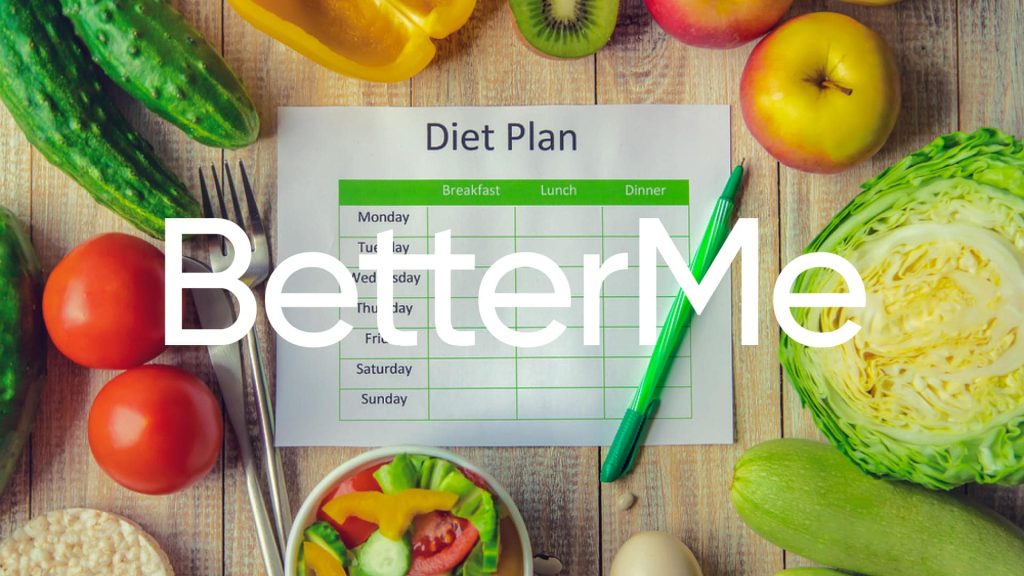 What Is The Best Diet For PCOS?
What Is The Best Diet For PCOS?
The best PCOS treatment diet is one that is rich in the following foods.
Fiber
A high-fiber diet offers many benefits to women with PCOS, such as lower insulin levels, and antioxidants that fight to lower inflammation, and better gut bacteria. Furthermore, many high-fiber foods contain prebiotics, which feed probiotics and help to nourish your gut microbiome (3).
Examples of high-fiber foods for a PCOS diet plan include seeds, fruits and vegetables, beans and whole grains.
Lean Protein
Lean protein is better than red meat and cured meats that are high in saturated fat, which can cause inflammation and make insulin resistance worse (3).
Also eating healthy proteins helps you lose weight fast since they take longer to break down than other nutrients such as simple sugars. Eating these ensures you feel full longer than foods containing carbs.
Examples of foods high in lean protein on the PCOS diet chart include fish, skinless chicken, skinless turkey, and plant-based protein sources such as soy, beans and peas.
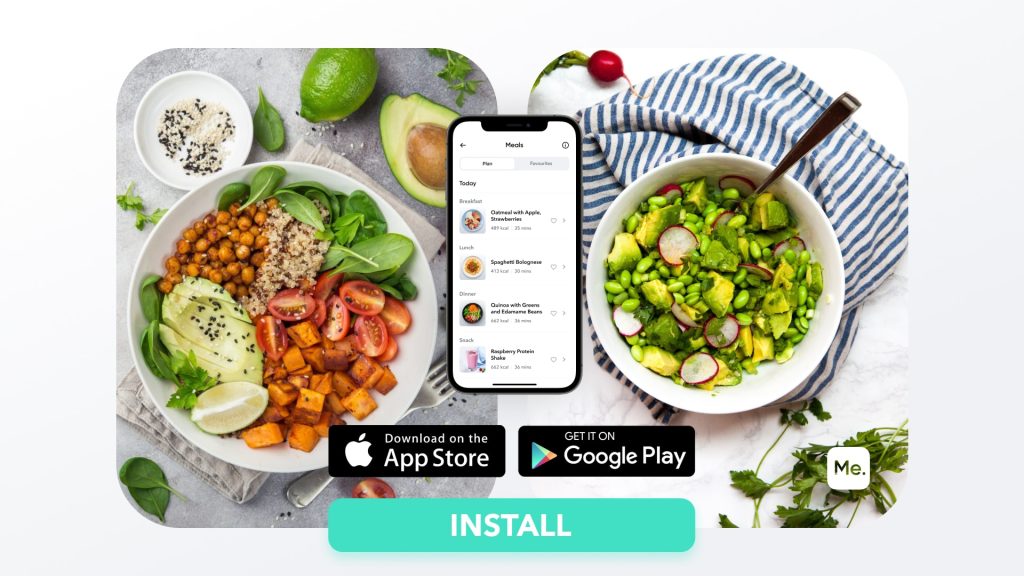 Healthy Fats
Healthy Fats
Women with PCOS want healthy fats that have omega-3 fatty acids, which help fight inflammation and improve heart health (3).
These fats include flaxseeds, fish oil supplements, oily fish like tuna or salmon, nuts, legumes and vegetable oil.
Read More: Best Diet For PCOS: Here’s What You Should Eat To Relieve Your Symptoms
Antioxidant-Rich Foods
Antioxidants are essential elements that can help reduce the risk of diseases like cancer, heart disease, and diabetes. They are chemical compounds found in fruits and vegetables that help neutralize the free radicals in our body (11).
For women with PCOS, fruits and vegetables should form the bulk of their diet because they are rich in antioxidants.
Berries such as blackberries, cranberries, strawberries, blueberries, raspberries, and bilberries have exceptional nutritional values. They are very low in calories yet high in dietary fiber (one cup of blueberry contains around 80 calories) (11).
The antioxidants content helps prevent heart diseases by controlling the bad cholesterol levels in our body. A study conducted shows that women with PCOS who consumed 2 servings of berries per day for one month had improvement in their insulin resistance as well as menstrual cycles (4). Another study also revealed that taking two servings of berries daily helps in reducing body weight and lower the risk of diabetes (1).
Fruits and vegetables also contain vitamin C. Vitamin C helps increase your body’s absorption of iron; another nutrient that could potentially help to improve fertility in women with polycystic ovarian syndrome according to recent research. Vitamin C is also good for skin conditions (3).
Examples of fruits and vegetables to eat on a PCOS diet include berries, zucchini, broccoli, spinach, Brussel sprouts, carrots, celery, apples, and grapefruits (3).
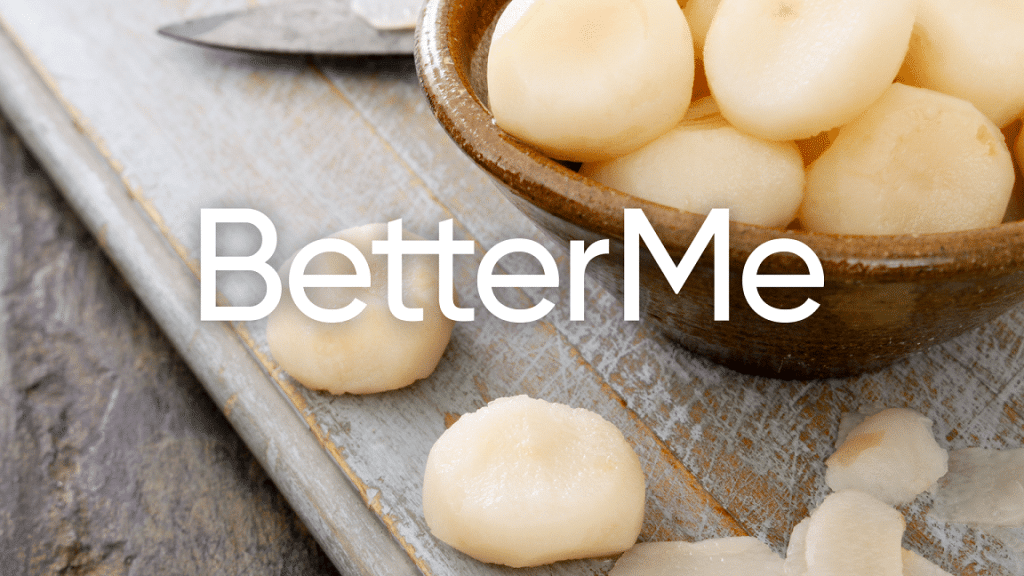 Foods With Organic Whole Soy
Foods With Organic Whole Soy
The isoflavones in soy can improve fertility in PCOS women. It promotes the secretion of luteinizing hormone (LH) which is responsible for egg maturation and ovulation. The isoflavones also have anti-estrogen action which decreases high insulin and testosterone levels in women with PCOS. By lowering these hormones, hot flashes are reduced and ovarian activity increases (3).
Examples of foods with organic whole soy are soy milk, tofu, soy nuts, or edamame.
Foods Containing Calcium And Vitamin D
Women with the polycystic ovarian syndrome are more likely to suffer from osteoporosis since they have low levels of calcium at younger ages than women without the condition. The same goes with vitamin D which is essential for bone health (2).
Foods rich in vitamin D may help enhance fertility by improving the quality and duration of sleep. Vitamin D is necessary for healthy ovulation, especially during the late luteal phase when progesterone levels rise to a peak (3).
Calcium and vitamin D are both found in dairy products like yogurt and milk while calcium can also be found in broccoli, cheese and salmon among other foods. Make sure to double check your food labels since mandatory vitamin D fortification is only enforced in some countries.
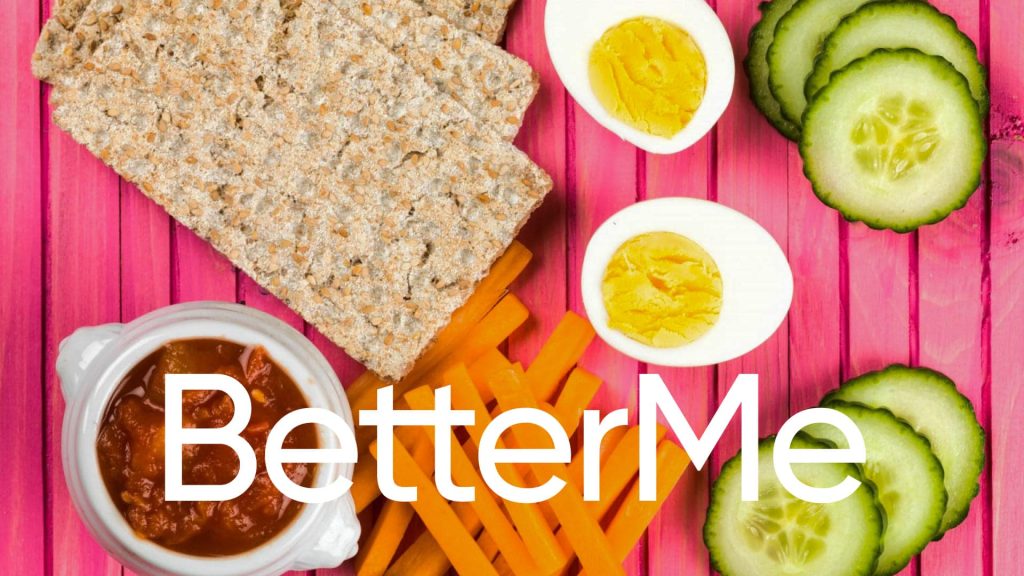 Foods Containing Vitamin E And Selenium
Foods Containing Vitamin E And Selenium
Vitamin E is also very important for a healthy heart as well as normalizing insulin sensitivity. It is commonly found in nuts, seeds, and whole grains like oats. Selenium helps reduce inflammation which can be helpful to women with the polycystic ovarian syndrome. The foods rich in selenium include brazil nuts, salmon, tuna among others (3).
Foods That Are Rich In Chlorophyll
Chlorophyll is essential for the production of red blood cells. This is why it is very important for women with PCOS to eat foods that are rich in chlorophyll (3). These foods include spinach, lettuce, cabbage, green beans, mustard, greens, kale among others.
Foods Containing Chromium
Chromium is essential for sugar and fat metabolism. It helps the body utilize insulin; it also improves the sensitivity of insulin to its target cells, thus helping the cells take in more glucose from the bloodstream. The recommended daily allowance for chromium is 50-200 micrograms for women and men, respectively (9). Foods rich with chromium include brewer’s yeast, cheese, whole grains oats, mushrooms, and beef liver.
Foods That Are Rich In Magnesium
Magnesium also helps regulate blood pressure as well as normalize insulin production (3). The foods rich in magnesium include soybeans, leafy vegetables, seafood and whole grains like oats.
Want to build an attention-grabbing bubble butt, blast away fat that’s stored in all the wrong places, spring-clean your diet, turn back the clock on your skin, skyrocket your self-confidence and shatter your insecurities? Check out the BetterMe app and set this plan in motion!
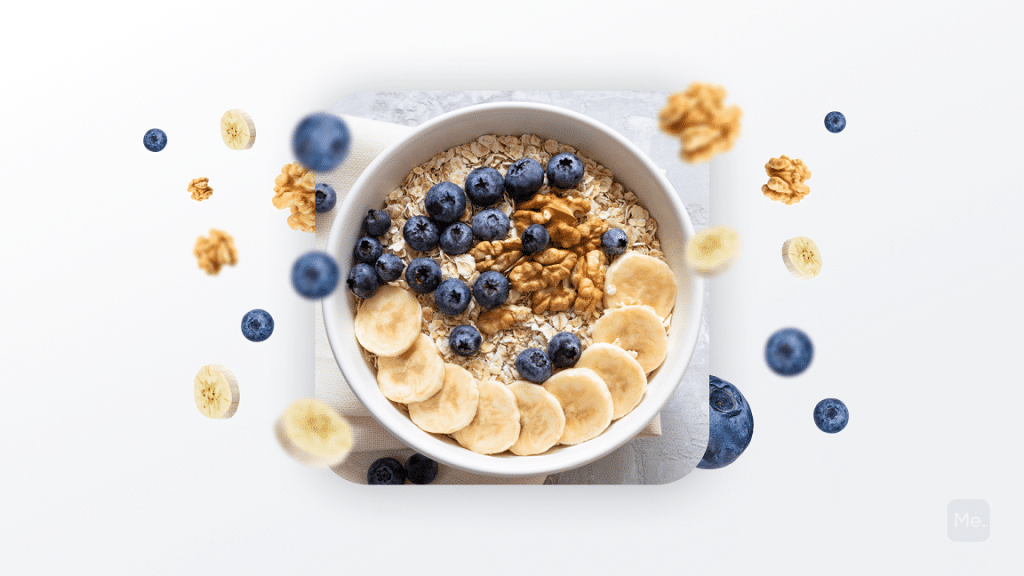 7-Day Sample PCOS Meal Plan
7-Day Sample PCOS Meal Plan
Here are some meal options you can include in your diet.
Day One
- Breakfast: 1 bowl of cereal with 1 cup milk, 3 tablespoons of flax seeds, and a tablespoon of honey
- Snack: 1 apple
- Lunch: Chicken salad sandwich (2 ounces chicken breast, lettuce, and tomato) on whole wheat bread with low-fat mayonnaise dressing
- Dinner: Grilled chicken breast with steamed vegetables such as broccoli or carrots and brown rice
- Snack: 4 oz yogurt mixed with fruit (banana or strawberry), or honey. 2 tablespoons of almonds or walnuts sprinkled on top. A handful of raisins is optional as well.
Day Two
- Breakfast: 2 egg whites and 1 whole egg scrambled with salsa (no cheese), served on a slice of whole-wheat toast. 2 slices of turkey bacon
- Snack: 1 orange
- Lunch: Chicken breast sandwich on whole-wheat bread with lettuce, tomato, and 1 slice of cheese
- Dinner: Easy grilled salmon filled with sautéed kale drizzled with olive oil and lemon juice, served with brown rice or quinoa or a side salad
- Snack: 4 oz Greek yogurt mixed with fruit. Or cinnamon applesauce made from butter, apple, cinnamon, vanilla extract, and honey. A handful of trail mix is optional as well.
Day Three
- Breakfast: Spinach omelet cooked with vegetable oil spray, feta cheese, and chopped tomatoes
- Snack: Handful of almonds or walnuts sprinkled on top of a 4oz yogurt with fruit (strawberry or mango)
- Lunch: Grilled chicken sandwich with lettuce, tomato, and Swiss cheese. A side salad drizzled with olive oil and lemon juice is also included in this meal
- Dinner: Roasted chicken over spinach fettuccine mixed with olive oil and garlic served with orange slices
- Snack: An apple can be enjoyed as well.
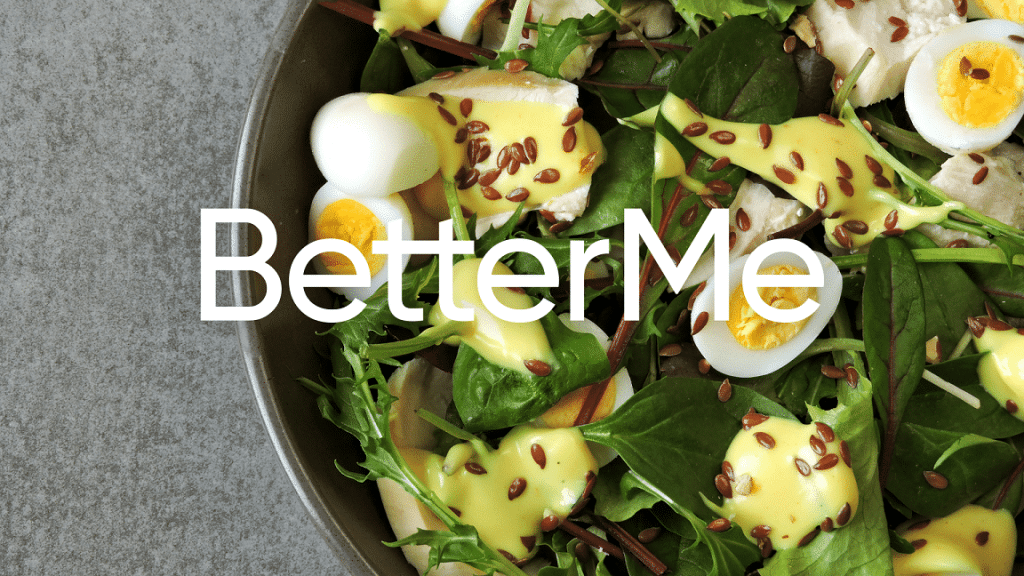 Day Four
Day Four
- Breakfast: 1 cup of cooked oatmeal, topped with fruit (whole berries are best). 4 oz plain Greek yogurt is also recommended
- Snack: 1 hard-boiled egg. 1 cup of berries mixed with a tablespoon of honey and a spoonful of walnuts is also recommended
- Lunch: 3 oz lean meat (chicken or beef) cooked with salsa, served on top of salad greens, drizzled with olive oil and lemon juice
- Dinner: Grilled tofu seasoned with teriyaki sauce. Served over brown rice or quinoa and topped with broccoli
- Snack: ¼ carrot dipped in 2 tablespoons hummus, ½ apple cut into slices, ⅓ cup low fat cottage cheese, or any fruits you like can be eaten as well.
Day Five
- Breakfast: 3 scrambled egg whites mixed in tomato sauce served on top of a slice of whole-wheat toast. ¼ cup cottage cheese
- Snack: 1 cup strawberries or raspberries mixed with a teaspoon of honey
- Lunch: Grilled chicken breast over salad greens, served with olive oil and lemon juice as a dressing. ½ banana wrapped in foil. 2 tablespoons of sunflower seeds or almonds sprinkled on top can also be added to this meal
- Dinner: Low-fat beef sausage cooked with green beans and carrots drizzled with olive oil and lemon juice. Served over brown rice, quinoa, or couscous. ½ banana is recommended for dessert
- Snack: any fruits you like (bananas are the best) are optional for this meal plan as well.
Day Six
- Breakfast: 1 slice whole-wheat toast (no butter), topped with avocado slices, 1 egg, and salsa. A glass of skim milk is also recommended for this breakfast
- Snack: ¼ cup of trail mix (brought in prepared)
- Lunch: Vegetable stir-fry that is cooked with 1 tablespoon olive oil and garlic. Brown rice or quinoa is served as a side dish for this meal
- Dinner: 4 oz salmon cooked with broccoli over brown rice/quinoa, topped with lemon juice and olive oil. A small handful of nuts (walnuts or almonds) can be sprinkled on top if desired for dinner.
- Snack: Yogurt topped with berries and honey (1 cup) is recommended for this meal plan.
Day Seven
- Breakfast: 3 egg whites scrambled in whole wheat bread, drizzled with salsa, served with ½ banana sliced into coins
- Snack: 1 cup fruit salad made with ½ banana, mixed with sunflower seeds and honey or 1 small apple (any variety is fine)
- Lunch: Grilled chicken breast served over spinach pasta mixed with olive oil and garlic. ⅓ cup cubed cheese can be added to the meal as well
- Dinner: Tofu stir-fry cooked with broccoli and garlic. Served on top of rice or quinoa. A handful of nuts sprinkled on top of this dish is recommended for dinner
- Snack: ¼ cup trail mix (brought in prepared) or an apple can be eaten as well.
The Bottom Line
In order to prevent the symptoms from reoccurring in case you’ve already been diagnosed with PCOS, try eating a nutritious and balanced diet. Polycystic ovarian syndrome can often be controlled through proper management of your weight, eating regularly throughout the day (eating smaller meals more often is ideal) and keeping a healthy lifestyle in general.
Diets are great, but your body will thank you if you supplement your healthy nutrition plan with a good workout.
DISCLAIMER:
This article is intended for general informational purposes only and does not address individual circumstances. It is not a substitute for professional advice or help and should not be relied on to make decisions of any kind. Any action you take upon the information presented in this article is strictly at your own risk and responsibility!
SOURCES:
- Associations Between Fruit Intake and Risk of Diabetes in the AusDiab Cohort (2021, oup.com)
- Bone mineral density in women with polycystic ovary syndrome (2014, nih.gov)
- Dietary Advice for Polycystic Ovary Syndrome (PCOS) (2019, nhs.uk)
- Healthy eating index in women with polycystic ovary syndrome: A case-control study (2017, nih.gov)
- Insulin resistance and the polycystic ovary syndrome: mechanism and implications of pathogenesis (1997, nih.gov)
- Polycystic Ovary Syndrome. A Review of Treatment Options With a Focus on Pharmacological Approaches (2013, nih.gov)
- Polycystic ovary syndrome (PCOS) (2020, mayoclinic.org)
- Recent advances in the understanding and management of polycystic ovary syndrome (2019, nih.gov)
- Role of Chromium in Human Health and in Diabetes (2004, diabetesjournal.org)
- Role of diet in the treatment of polycystic ovary syndrome (2013, nih.gov)
- Roles of Oxidative Stress in Polycystic Ovary Syndrome and Cancers (2016, nih.gov)
